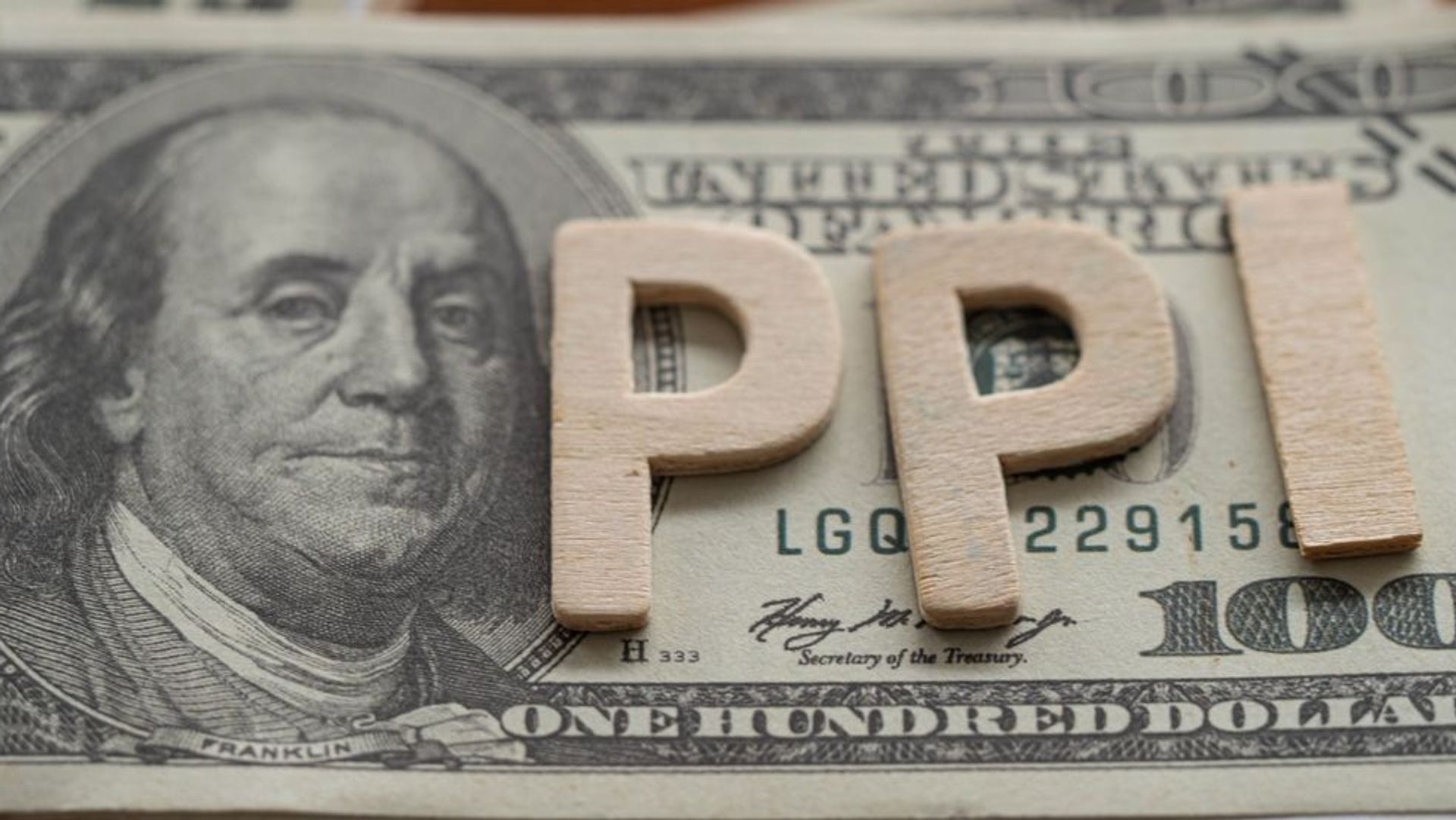The gold market is currently testing resistance around $2,050 an ounce, supported by recent data showing a decrease in producer inflation pressures. The Producer Price Index (PPI) fell 0.1% last month, which was slightly cooler than expected, signaling that inflation is not increasing as quickly as previously anticipated. This has led to renewed momentum in the gold market, with spot gold trading at $2,055.50 an ounce, up 1.35% on the day.
The decrease in producer prices is significant because it eases pressure on companies to pass on higher costs to consumers. Economists see producer prices as a leading indicator, so a decrease in wholesale prices could be a signal of future trends in consumer inflation.
One key factor contributing to the bullish momentum in the gold market is the increased expectation of a rate cut by the Federal Reserve as early as March. Market expectations for a rate cut have risen to over 80%, indicating that investors see the potential for the Fed to ease interest rates earlier than previously anticipated. This is seen as positive for gold, as lower interest rates typically make non-yielding assets like gold more attractive to investors.
The decrease in inflation and the potential for a rate cut have strengthened the belief that lower inflation is on the horizon, which is supportive of the current upward trend in the gold market. While the exact impact of these factors on the gold market remains to be seen, they have certainly added some optimism for gold investors in the near term. With ongoing uncertainty and volatility in global markets, the outlook for gold remains favorable as a safe-haven asset.









